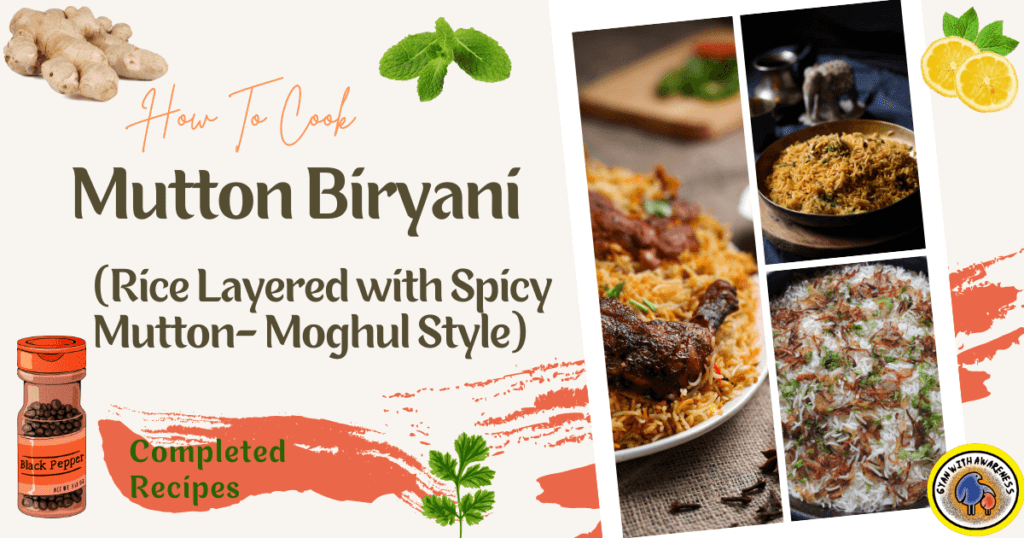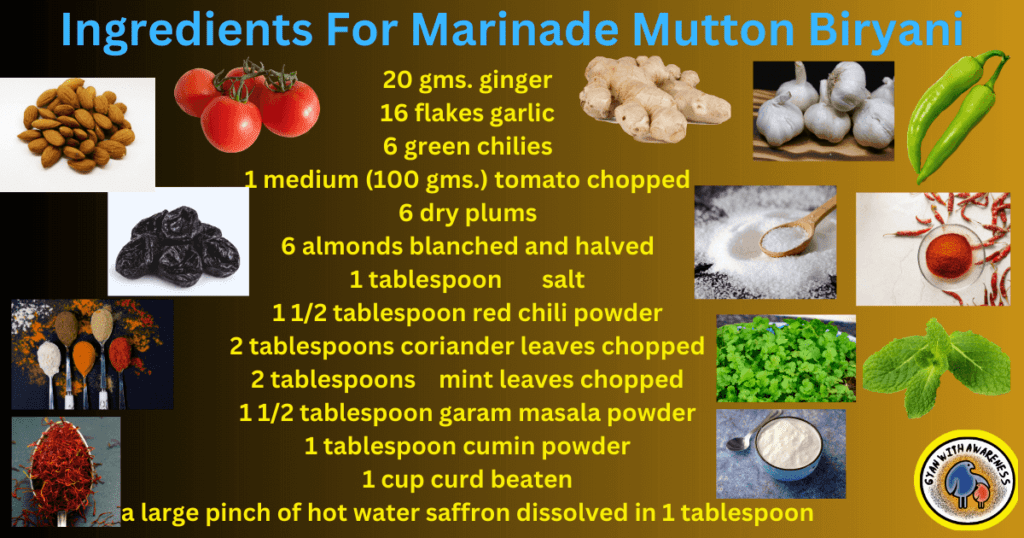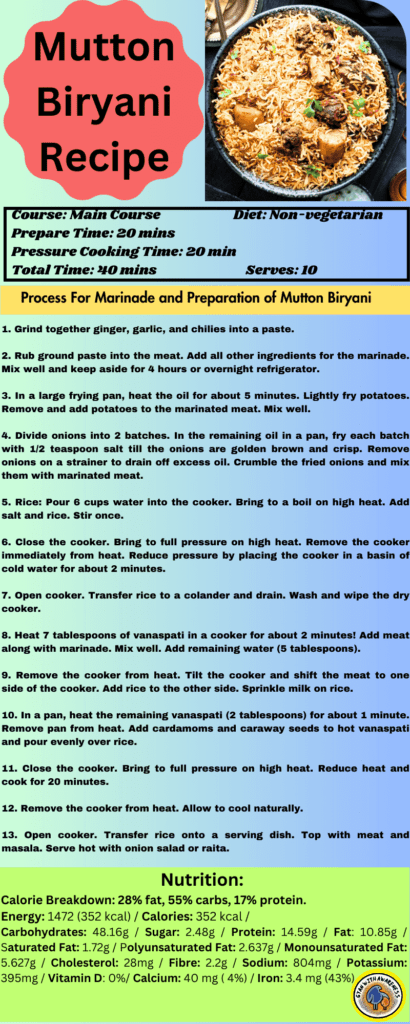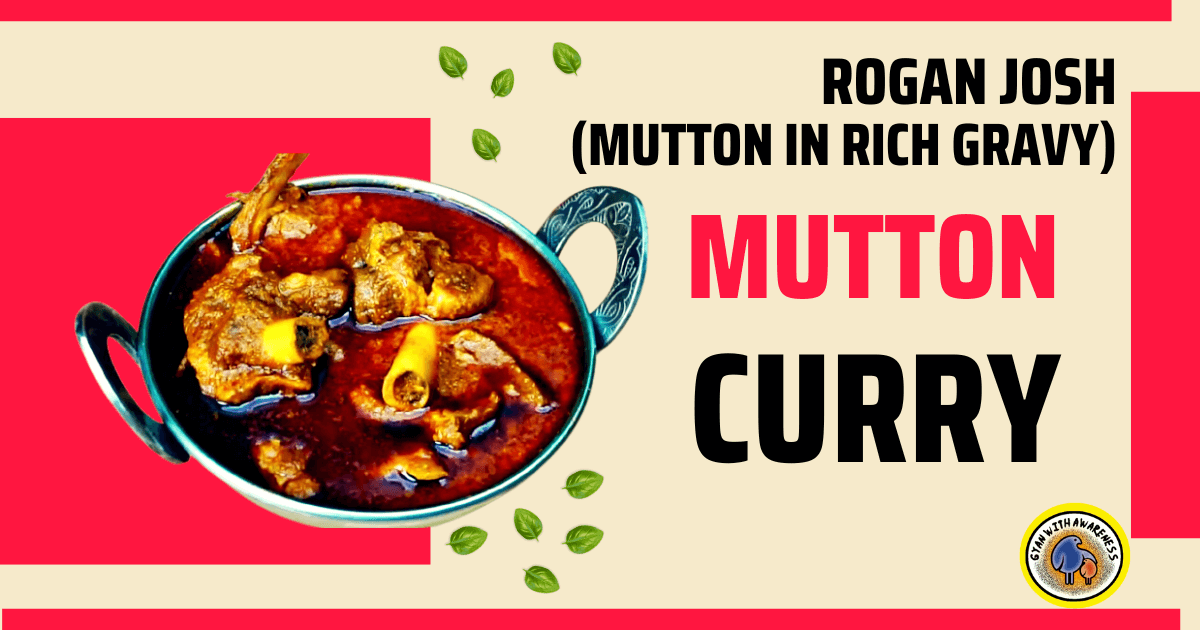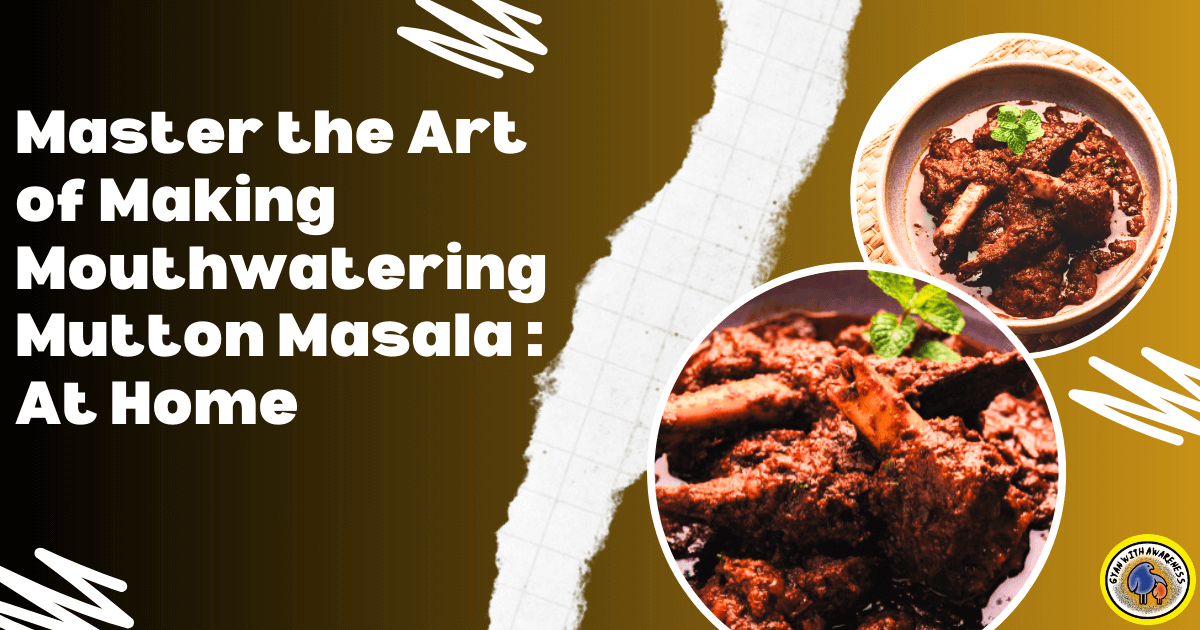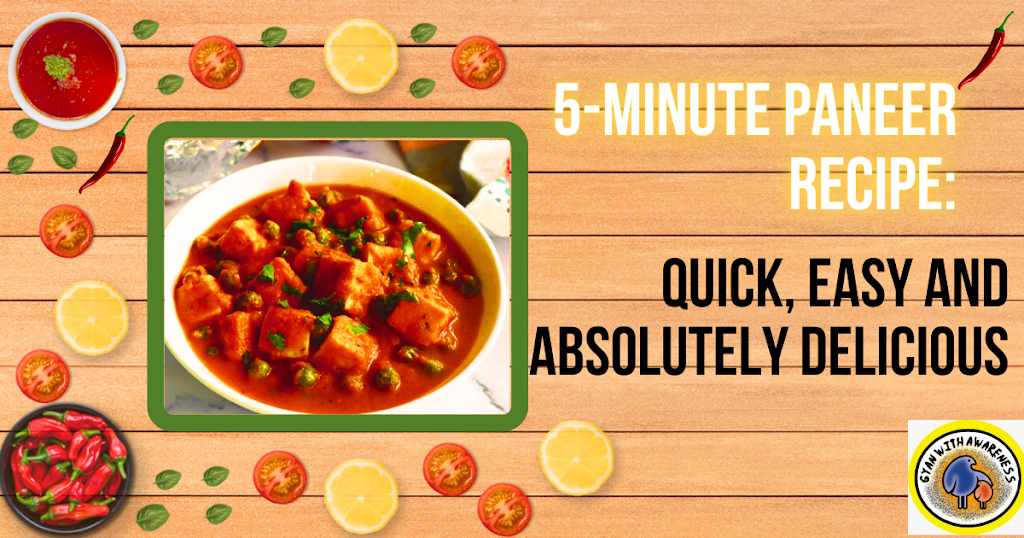Mutton Biryani, a culinary masterpiece cherished by food enthusiasts worldwide, encapsulates the perfect fusion of rich flavors, aromatic spices, and tender meat. This iconic dish has not only conquered taste buds but also earned a place of significance in the realm of health-conscious gastronomy. As a classic Indian delicacy, Mutton Biryani is a true representation of the country’s diverse culture and culinary expertise.
Originating in the royal kitchens of the Mughals, Mutton Biryani has a history that spans centuries. This savory delight was first introduced in India during the Mughal era, a period celebrated for its culinary innovations. The dish involves marinating succulent mutton pieces in a harmonious blend of spices, herbs, and yogurt, which are then layered with fragrant basmati rice. This melange is cooked to perfection, allowing the flavors to infuse and create a harmonious symphony of taste.
Mutton Biryani boasts widespread popularity, both within India and beyond its borders. In the South Indian state of Tamil Nadu, it is known as “Kari Biryani,” while in the Telugu-speaking regions, it goes by the name “Mamsa Biryani.” This dish’s universal appeal transcends regional boundaries, making it a staple at festive gatherings, celebrations, and everyday dining experiences.
In recent years, the concept of health-conscious cooking has given rise to innovative adaptations of Mutton Biryani. Chefs and home cooks alike are incorporating leaner cuts of meat, whole grains, and reduced sodium content to cater to individuals seeking a balance between traditional indulgence and mindful eating. This evolution of Mutton Biryani showcases how a beloved cultural dish can seamlessly adapt to modern health preferences without compromising on its essence.
In this exploration of Mutton Biryani’s history, regional names, and its evolving relationship with health, we delve into a world where culinary traditions and wellness aspirations coalesce. Join us in unraveling the story of this delectable dish that continues to tantalize taste buds while embracing the growing emphasis on health and nutrition.
How does Mutton Biryani affect your health?
Mutton Biryani, while undeniably flavorful, can have both positive and negative impacts on health. The dish’s protein content from mutton offers essential nutrients for muscle growth and repair. However, the high fat and calorie content, coupled with rich spices and ghee, can contribute to weight gain and heart issues if consumed excessively. The sodium content in biryani can also affect blood pressure. Opting for lean cuts of mutton, moderating portion sizes, and pairing with vegetables can make it a more balanced choice. As with any indulgent dish, enjoying Mutton Biryani in moderation is key to savoring its taste without compromising health.
- Protein Source: Mutton biryani provides a good source of protein from the mutton, aiding in muscle repair and growth.
- Nutrient Variety: The blend of spices and herbs can contribute to a diverse range of antioxidants and vitamins.
- Energy Boost: The carbohydrate content in the rice offers sustained energy release throughout the day.
- Mutton is a source of heme iron, which can help prevent anemia and improve blood health.
- Cultural Significance: Mutton biryani is a part of cultural traditions, enhancing emotional well-being through connection and enjoyment.
- It can offer added fiber, vitamins, and minerals to support digestion and overall health.
- Sensory Pleasure: The aromatic spices in biryani can stimulate the senses, potentially enhancing mood and overall dining experience.
- Moderate Consumption: Enjoyed in moderation, mutton biryani can be a satisfying treat without major negative impacts on health.
- Social Bonding: Sharing a meal like mutton biryani with friends and family fosters social connections, contributing positively to mental and emotional well-being.
Have you been persuaded?
Mutton Biryani, a culinary delight rooted in South Asian culture, boasts succulent pieces of tender mutton adorned with aromatic spices, nestled within fragrant basmati rice. The dish is a harmonious fusion of flavors, with saffron-infused rice, caramelized onions, and a medley of spices that elevate each bite. Slow-cooked to perfection, Mutton Biryani’s rich history and mouthwatering taste make it a cherished favorite, inviting food enthusiasts to savor its complexity and relish the symphony of tastes that dance on the palate.
Read More: 12-Day Diabetes Diet Chart: A Plan for Balanced Blood Sugar
What is Biryani?
Biryani is a beloved and elaborate South Asian dish that seamlessly combines aromatic basmati rice with a medley of richly flavored meats, vegetables, or both. Originating from the royal kitchens of the Indian subcontinent, Biryani is a masterful symphony of fragrant spices, such as cardamom, cloves, and saffron, which infuse the rice and ingredients with a captivating aroma and taste. Slow-cooked to perfection, each grain of rice soaks up the intricate blend of flavors, resulting in a harmonious amalgamation of textures and tastes. Biryani’s regional variations, such as Hyderabadi, Lucknowi, and Kolkata Biryani, showcase diverse culinary influences and techniques that contribute to its cultural significance.
North Indian Cuisine
Mutton Biryani
(Rice Layered with Spicy Mutton- Moghul Style)
Course: Main Course Diet: Non-vegetarian
Prepare Time: 20 mins Pressure Cooking Time: 20 min
Total Time: 40 mins Serves: 10
Nutrition:
Calorie Breakdown: 28% fat, 55% carbs, 17% protein.
Energy: 1472 (352 kcal) Calories: 352 kcal
Carbohydrates: 48.16g Sugar: 2.48g
Protein: 14.59g Fat: 10.85g
Saturated Fat: 1.72g Polyunsaturated Fat: 2.637g
Monounsaturated Fat: 5.627g Cholesterol: 28mg
Fibre: 2.2gm Sodium: 804mg
Potassium: 395mg Vitamin D: 0%
Calcium: 40 mg ( 4%) Iron: 3.4 mg (43%)
Ingredients needed for Mutton Biryani:
2 kg. mutton leg cut into 4 cm. pieces
1 cup vegetable oil
2 medium potatoes peeled and cut into quarters
3 large (1/2 kg.) onions thinly sliced
1 1/2 teaspoons salt
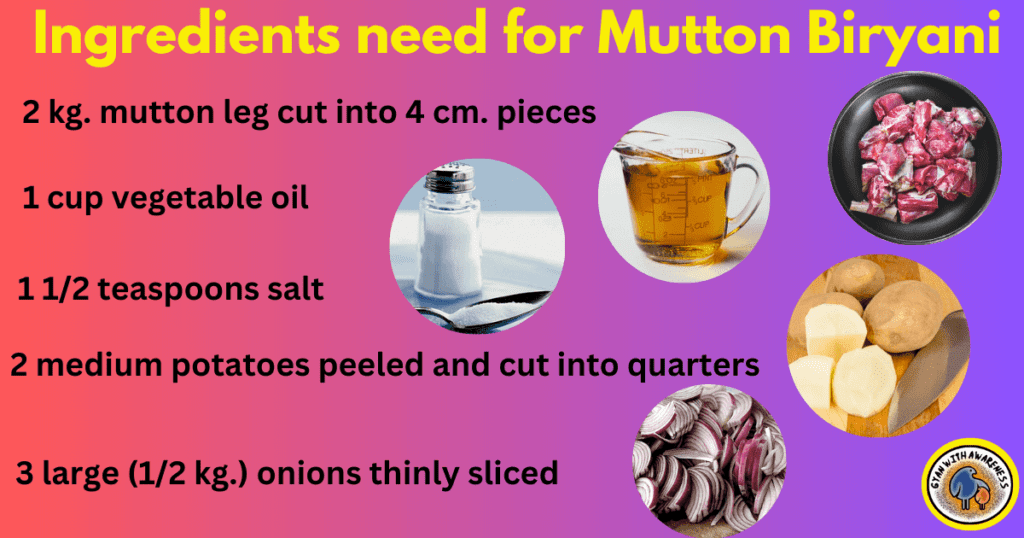
Ingredients For Marinade Mutton Biryani:
20 gms. ginger
16 flakes garlic
6 green chilies
1 medium (100 gms.) tomato chopped
6 dry plums
6 almonds blanched and halved
1 tablespoon salt
1 1/2 tablespoon red chili powder
2 tablespoons coriander leaves chopped
2 tablespoons mint leaves chopped
1 1/2 tablespoon garam masala powder
1 tablespoon cumin powder
1 cup curd beaten
A large pinch of hot water saffron dissolved in 1 tablespoon
Ingredients For Rice of Mutton Biryani:
6 cups + 5 tablespoons water
1 tablespoon Salt
2 1/2 cups Basmati rice washed
1/2 cup + 1 tablespoon vanaspati/ghee
1/4 cup milk
2 green cardamoms
1/4 teaspoon caraway seeds
Process For Marinade and Preparation of Mutton Biryani:
1. Grind together ginger, garlic, and chilies into a paste.
2. Rub ground paste into the meat. Add all other ingredients for the marinade. Mix well and keep aside for 4 hours or overnight refrigerator.
3. In a large frying pan, heat the oil for about 5 minutes. Lightly fry potatoes. Remove and add potatoes to the marinated meat. Mix well.
4. Divide onions into 2 batches. In the remaining oil in a pan, fry each batch with % teaspoon salt till the onions are golden brown and crisp. Remove onions on a strainer to drain off excess oil. Crumble the fried onions and mix them with marinated meat.
5. Rice: Pour 6 cups water into the cooker. Bring to a boil on high heat. Add salt and rice. Stir once.
6. Close the cooker. Bring to full pressure on high heat. Remove the cooker immediately from heat. Reduce pressure by placing the cooker in a basin of cold water for about 2 minutes.
7. Open cooker. Transfer rice to a colander and drain. Wash and wipe the dry cooker.
8. Heat 7 tablespoons of vanaspati in a cooker for about 2 minutes! Add meat along with marinade. Mix well. Add remaining water (5 tablespoons).
9. Remove the cooker from heat. Tilt the cooker and shift the meat to one side of the cooker. Add rice to the other side. Sprinkle milk on rice.
10. In a pan, heat the remaining vanaspati (2 tablespoons) for about 1 minute. Remove pan from heat. Add cardamoms and caraway seeds to hot vanaspati and pour evenly over rice.
11. Close the cooker. Bring to full pressure on high heat. Reduce heat and cook for 20 minutes.
12. Remove the cooker from heat. Allow to cool naturally.
13. Open cooker. Transfer rice onto a serving dish. Top with meat and masala. Serve hot with onion salad or raita.
Mutton Biryani is the most wanted dish in India and South Asia. The meat of goat or lamb Marinade for a long time gives the best aroma in its flavor and taste. The Mutton Biryani Recipe is the most delicious food ever. Its lovely and delicious taste comes because of slow cooking. This slow cooking enhances its taste and spreads the aroma of its presence all over. This iconic dish has not only conquered taste buds but also earned a place of significance in the realm of health-conscious gastronomy.
As a classic Indian delicacy, Mutton Biryani is a true representation of the country’s diverse culture and culinary expertise. The dish involves marinating succulent mutton pieces in a harmonious blend of spices, herbs, and yogurt, which are then layered with fragrant basmati rice. This melange is cooked to perfection, allowing the flavors to infuse and create a harmonious symphony of taste.
Top Notes By Swathi to make this dish more yummy:
- Rice is the main booster of the dish, so the correct selection of rice is needed. Buy the best quality rice for the mutton biryani. We prefer Basmati rice for mutton biryani. Long-size rice is good for the dish. When you buy rice always check the quality, fragrance of rice, and most important it’s brand.
- Always try to soak the rice 20 minutes before cooking. Do not soak it for more than 20 mins otherwise, the rice will be broken while cooking.
- Put some salt in the rice and a little oil or ghee.
- Rice must be hot or we can say rice must be fresh when we are cooking mutton biryani, use hot rice while layering. As it helps in cooking mutton in rice. After each layer apply ghee on it.
- Apply hot Gravy of mutton while layering, it reaches each layer and doesn’t stick in one place.
- Use good quality meat, it should be cut properly and fat must be on the pieces as it is the main source of taste.
- Garnished with mint leaves and coriander leaves, these herbs make the dish very elegant and give another level of flavor to it.
- Serve it with Boondi Ritya, Onion Ritya, Garlic Ritya or Cucumber Ritya.
Read More: Rosemary: Victory on Diabetes with 10 Remedies- Part 1
